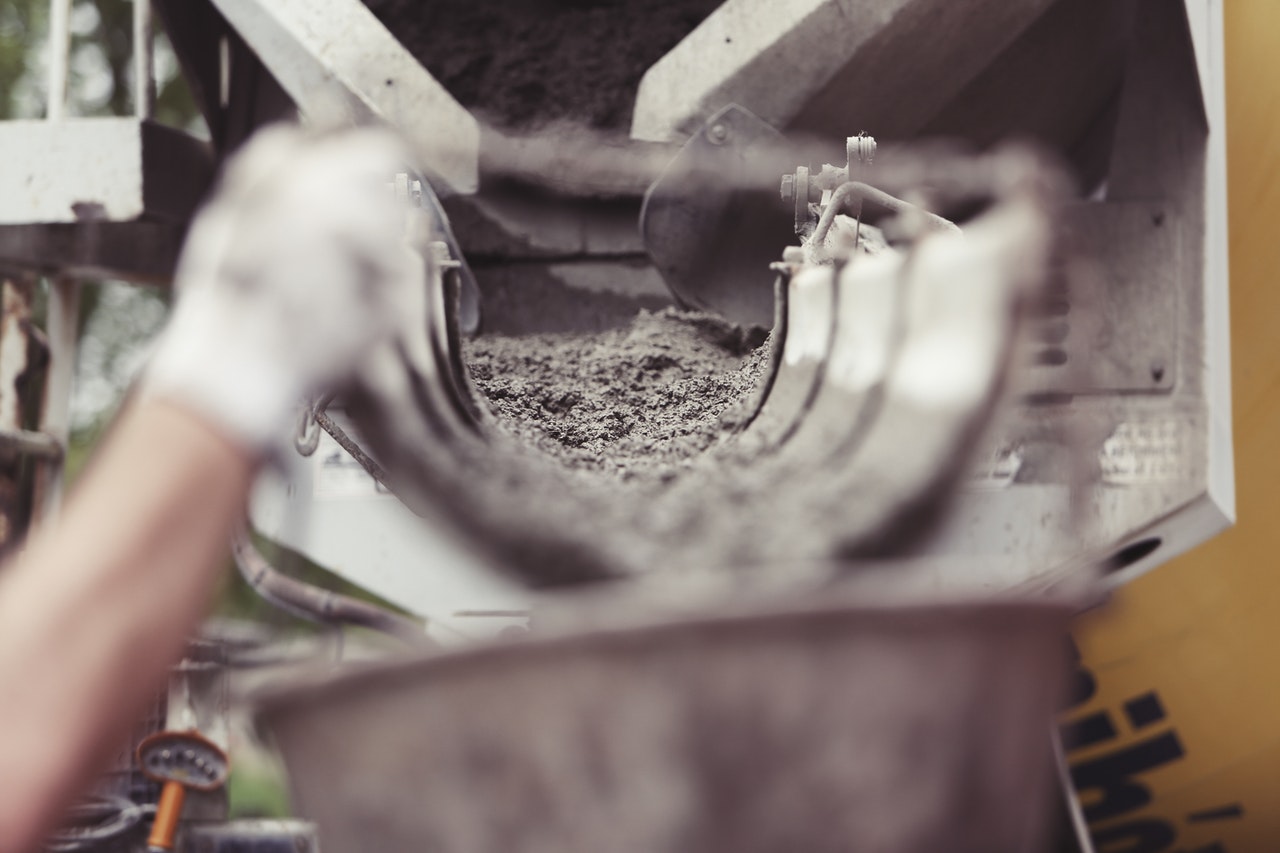Do Low-Carbon Concrete Options Actually Work




When the United Nations (UN) established the Paris Agreement in 2015, countries around the globe began searching for alternative technologies, fuels, and materials. Many features of and materials used by the construction industry generate adverse ecological effects. Companies can reduce their contribution to climate change by shrinking their carbon footprints.
When considering low-emission materials, many builders evaluate the effects of concrete. It is the most consumed substance on the planet, behind water. Addressing the adverse environmental impact associated with concrete can significantly increase the industry’s sustainability.
Ecological Challenges of Concrete Construction
The production and distribution of concrete generate a significant quantity of greenhouse gas emissions. Global companies generate over 4 billion tons of concrete annually. The pollution released through the process accounts for nearly 8% of global carbon emissions.
There are about 3 tons of concrete on Earth’s surface for every individual. The extent of pollution production creates significant limitations for climate change prevention goals. Companies must reduce the emissions generated through concrete development to meet the Paris Agreement’s ambitions in the coming decade.
Organically, the planet relies on a consistent atmospheric composition, creating life-sufficient surface temperatures. The atmosphere absorbs solar radiation, generates heat, warms the surface, reabsorbs excess energy, raises above-ground temperatures, and emits excess heat to space. When greenhouse gases invade the atmosphere, the process changes.
Carbon has a higher sunlight-to-heat conversion rate, creating an imbalance on the surface. It also contains excess heat in the atmosphere instead of sending it to space. Over time, the entrapment and overproduction of warmth increase Earth’s temperature.
When the global temperature rises, the planet’s natural state changes. The evaporation rate rises, decreasing humanity’s access to fresh drinking water. It also degrades the marine ecosystem, increasing ocean temperatures and causing eutrophication.
Of course, this isn’t to say concrete doesn’t play a critical role in sustainability efforts. Even traditionally-manufactured concrete has enabled the construction and installation of renewable energy plants across the world — the Hoover Dam, for example, is a concrete marvel producing enough clean power to electrify 1.3 million American homes.
In the future, concrete made stronger and lighter with additives can make an even bigger mark. Environmental scientists and engineers developed alternative production models, decreasing concrete’s ecological impacts. If all construction companies adopted eco-friendly materials and techniques, the planet’s carbon footprint would shrink.
Low-Carbon Production Techniques
Solidia Technologies, a concrete and cement company in New Jersey, developed a low-carbon material to increase the sustainability of production. The company uses an eco-friendly mixture that decreases greenhouse gas emissions in the kiln. Additionally, they use excess carbon to cure the cement instead of water.
Curing is a water-intensive process, contributing to rising water scarcity levels. Solidia’s process can save 3 trillion liters of water wasted in the industry. Additionally, it may reduce carbon emissions by 1.5 gigatons. The mixture is compatible with current mixing mechanisms, increasing its cost-effectiveness and accessibility. The mix itself also costs less than traditional concrete or cement.
Individuals can further reduce the emissions associated with material production and distribution through recycling.
Concrete Repurposing
Rather than disposing of low-carbon concrete after an individual uses it, companies can repurpose the materials. Recycling concrete gives it a second life, preventing further emissions. Companies can use cold planers, pulling up and dividing used materials for reuse.
Repurposing concrete additionally increases the efficiency of removal and installation processes. It cuts out the middleman, limiting transportation emissions and labor costs. Individuals can also utilize old materials by creating walkways from the pieces.
Traditionally, companies divide whole pieces of stone or concrete into smaller slabs to achieve the broken-up aesthetic. They can also use concrete to create outdoor walls or hardscaping features.
Incorporating Other Materials
Including organic materials into concrete production is another technique researchers have been using to lessen the carbon footprint of concrete construction.
Scientists at the University at Tokyo added lignin, an organic polymer that makes wood rigid, to recycled concrete. With careful curing, they found the recycled mixture was actually stronger than standard concrete — and may be biodegradable when the concrete is demolished.
Ashcrete is another concrete blend that uses other materials to strengthen the overall mixture. Ashcrete is produced with fly ash and can replace cement in the concrete production process. Researchers find that ashcrete is stronger than regular cement, making it a win for construction — and though ashcrete is a byproduct of coal burning, burning one ton of fly ash has 90% fewer emissions than producing one ton of cement.
Is Low-Carbon Concrete a Real Alternative?
Low-carbon concrete can incorporate more sustainable production processes and/or more environmentally friendly material components. While concrete alternatives alone can’t mitigate the climate crisis, this research is an effort that could compound with many other sustainable goals to make a meaningful difference.
Construction and design companies can research available options and make the best decisions possible about concrete consumption. Before adopting green materials, it is essential that one does their homework. Some companies greenwash their products, claiming they are better for the environment when they actually increase greenhouse gas emissions.
Current low-carbon concrete models are effective, but one should verify a distributor’s sustainability certifications before making a purchase.
Author:
Evelyn Long is a writer and editor focused on construction and sustainability. Her work can be found on Renovated, a web resource for better building and design.
Recent Posts
Building Resiliency in the Pacific Northwest
In the Pacific Northwest, the increasing frequency and severity of climate-related disasters, such as wildfires,…
How California can rebuild safer, more resilient cities after wildfires
The catastrophic LA wildfires were a powerful reminder that governments and communities need to think…
Mobilizing Resilient Design and Construction
Implementing a multifaceted strategy can motivate state and local governments to prioritize resilient design and…
Insurance Pricing: Navigating a New Era of Risk
The growing frequency and severity of climate-related disasters present a significant challenge for the insurance…
Designing for Resilience … It’s A Must
We see far too often structures built to current code that lack planning and design…
What are the Real Benefits of Designing for Resilience
While designing for resilience requires initial investments, the long-term payoffs often far outweigh these costs.…


